Xiaomi Redmi Note 3 Review
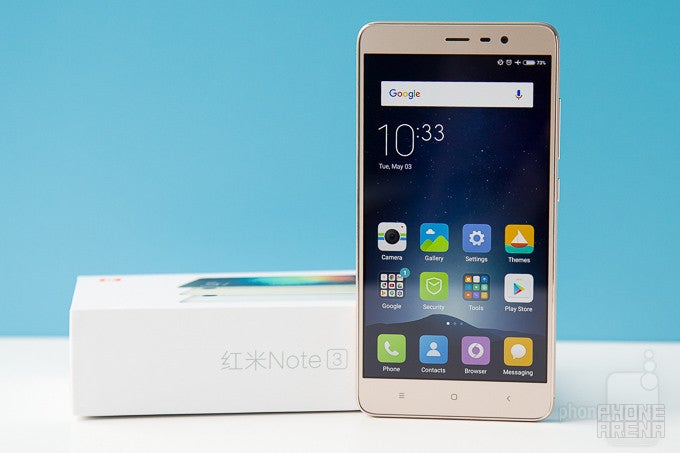
This review is based on a Xiaomi Redmi Note 3 with Snapdragon 650 SoC and 3GB of RAM, running a global software ROM with Google services pre-installed.
Introduction
Let’s say that you’re in the market for a new smartphone, but you’re constrained within a very tight budget. One of your options is to settle for something on the lower end, but made by a well-known company – the Motorola Moto G and the Samsung Galaxy J5 are some of the first models to come to my mind. Alternatively, you may take a gamble and go for something a bit more… exotic; something like the Xiaomi Redmi Note 3.
Xiaomi is one of the many Chinese brands we rarely get to mention, primarily due to their near-zero presence in the western part of the world. But when we do get to talk about Xiaomi’s handsets, the story usually revolves around how much you get for so little. The Xiaomi Redmi Note 3, for instance, packs a humongous battery, a high-resolution display, a 16MP camera, and a fairly powerful Snapdragon 650 SoC coupled with plenty of memory and storage space. All of this costs well below $200 in the Asian markets where the phone is officially on sale. Could this deal be too good to be true, however, or is this the absolute best bang you can get at this price point? And no less importantly, is importing one worth it given the extra fees you'll have to endure?
The box contains:
- Xiaomi Redmi Note 3
- Wall charger (Output: 5V, 2A)
- Micro USB cable for charging and data transfer
- SIM card ejector tool
- Quick start guide
Design
Excitement and curiosity, sprinkled with a healthy dose of skepticism – this is what I felt as I was setting up the Xiaomi Redmi Note 3 as my new personal phone. On one hand, it was my first time having one of the brand’s handsets as a daily driver. On the other, I was finding it hard to believe that a smartphone could retail for so little and not be terrible. Spoiler alert: it was not.
Looks, however, weren’t what the Redmi Note 3 was going to win me with. Don’t get me wrong: the phone looks great for a budget offering, and it is clear that Xiaomi has put effort in giving it character – by going for a metal body, for instance, or by adding a shiny metallic trim around the glass covering the front. In spite of this, the handset couldn’t thrill me with its appearance.

In the hand, the Xiaomi Redmi Note 3 feels bulky and heavy, which is to be expected given the considerable capacity of its battery cell. It is well balanced, however, and and its curved corners make it comfortable to handle. I’m also happy to report that all buttons work well, while the fingerprint scanner is positioned right where my index finger naturally rests.
Oh yes, I almost forgot to mention that this thing has a fingerprint scanner! Very few low-cost phones will offer you this perk, and having it is a great convenience. Admittedly, the one on the Redmi Note 3 is fast and reliable.
Display
On the technical side of things, the Xiaomi Redmi Note 3 sports a 5.5-inch LCD display with 1080 by 1920 pixels, which, in human speak, means that it is big and stuffed with more than enough pixels to deliver clear and crisp visuals. For a budget-friendly handset, this screen is nearly perfect.
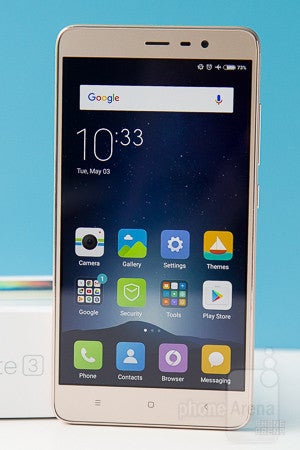
Before I proceed, I must make it clear that I’ve had almost no troubles using the Redmi Note 3 in broad daylight. The screen gets bright enough to be used comfortably outdoors, and it would have been even easier to see if its glass surface wasn’t as reflective. At night, I sometimes took advantage of the built-in Reader Mode, which works pretty much like f.lux or Apple’s Night Shift – it filters out blue light to reduce eye strain.
Interface and functionality
This is Android 5.1 Lollipop running on the Xiaomi Redmi Note 3, with Google’s services pre-installed, but it has been heavily modified – both visually and functionally. The result is called MIUI 7, which is one of the more feature-packed interpretations of Google’s OS I’ve come across. Clearly, the software caters to the needs of power users – those who like to tinker with their phone, to have control over how it looks and how it behaves. Regular folks and long-time Android users, on the other hand, might have a hard time getting used to the software’s quirks. To me, dealing with the software was even frustrating at times.
Mind you, MIUI 7 comes with features I genuinely like. One of them is the one-handed mode, which shrinks the screen down for easy use with one thumb. Another is the option to lock apps into memory – useful for going in and out of apps at any time without losing data; think pausing a game in the middle of the action today and resuming it tomorrow. I don’t mind the missing app drawer either, as it keeps things less redundant. I also like the attention given to certain details – how the messaging app automatically suggests my frequent contacts, or how the Phone app tells me how long a missed call rang for.
But again, Xiaomi’s interface can be very frustrating to deal with. For instance, I love to see support for UI themes on any smartphone, but on the Xiaomi Redmi Note 3, I just couldn’t make a Mi Account to download new ones. Registering requires an SMS to be sent to Xiaomi’s servers, and I tried several times, but never got an ID and password back. I suppose the fact that I’m not based in a market where the phone is intended to be used might have to do something with this. The said account is also used to activate the Mi Cloud feature, which I didn’t get to try either.
But that’s not all. Apparently, MIUI 7 won’t let you have notifications on your lock screen unless you manually enable them for each individual app. Good luck finding how to do that – the option is placed in the App Info screen. And I have no idea why my data counter is placed in the Security tab. Or why many stock apps don’t work in landscape orientation. Or why Spotify stops playing music soon after I turn my screen off. Or why I couldn’t tweet photos from my gallery. Or why the only way of switching to DND mode is by digging in Settings. Or why the Clock app’s timer doesn’t work with Google Now voice commands.
I know I might have made this sound a bit too harsh, but that’s the reality of heavily altered versions of Android. The more there’s stuffed in it, there more there is that can go wrong, the more there is that designers can mess up.
System performance
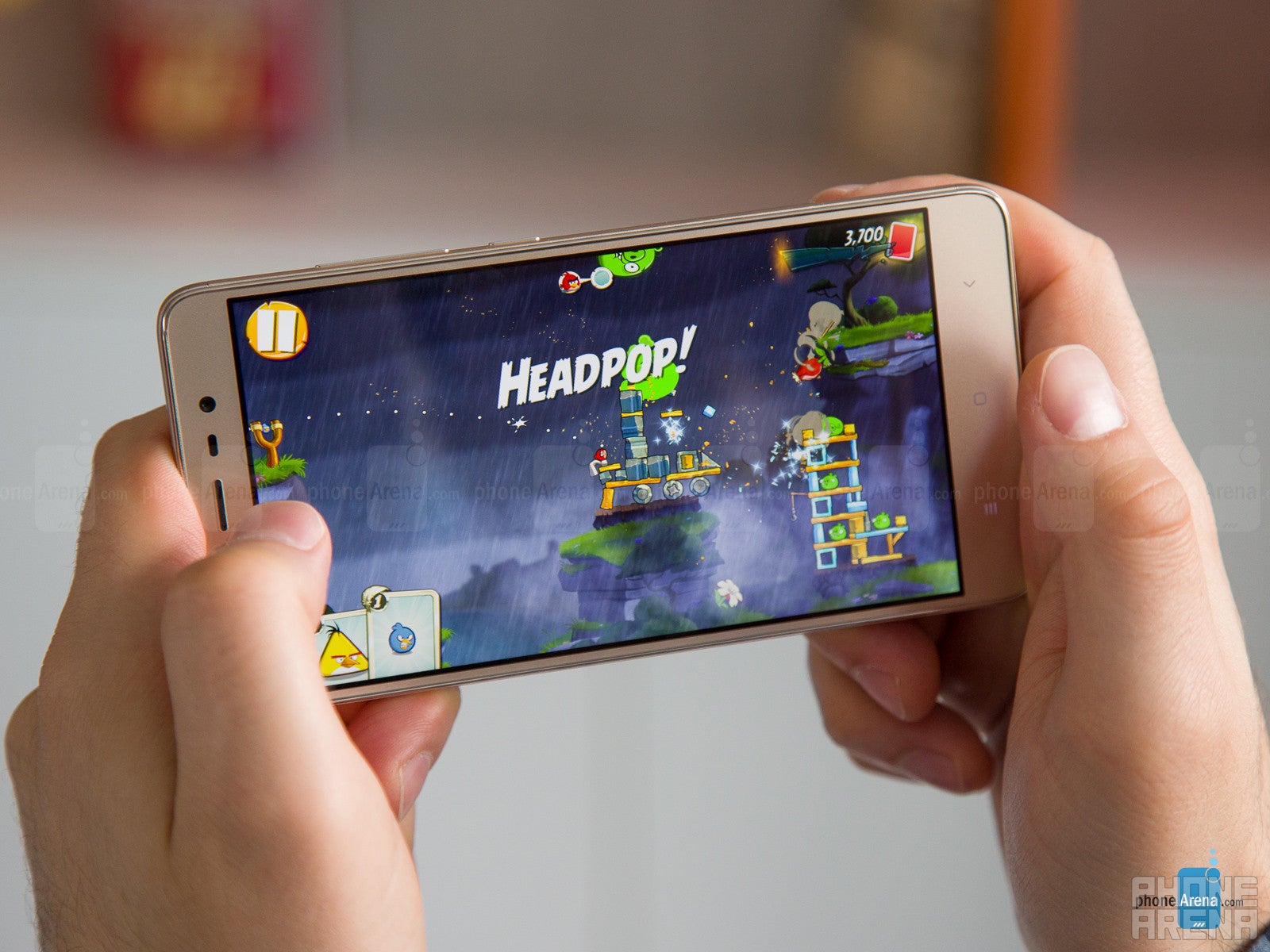
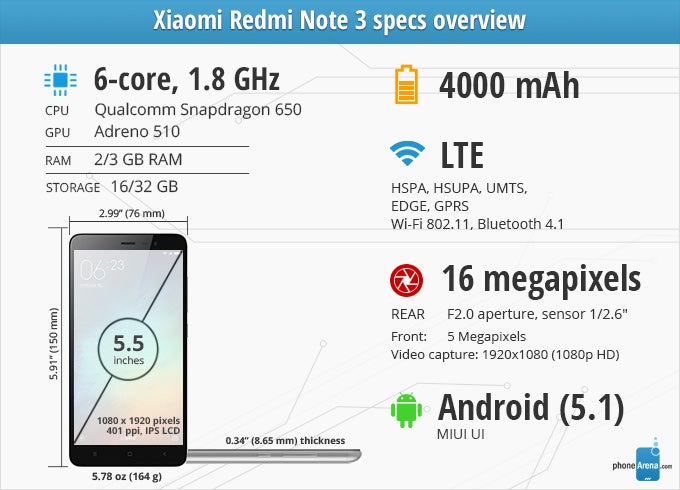
Internet and connectivity
MIUI 7 comes with its own web browser, which I’d advise you to put somewhere in a folder together with other pre-loaded apps you’re never going to use. It’s not because the app is slow. Quite the contrary: rendering and navigation are both pretty snappy. It’s not because it’s too basic: the app comes with a Reader Mode, a built-in data saver, and a whole bunch of other features. The thing, however, is that the app has been glitchy throughout my testing. Not a lot, but enough to tick me off. I’ve had Images being stretched out of proportions, I’ve had mobile versions of sites not working, and I can’t figure out why tabs I’ve opened disappear on their own. Besides, the app does not hide the address bar and navigation panel, which eats up a considerable amount of viewing area. The good thing is that Google Chrome came pre-loaded on my unit, and that’s what I ended up using whenever the stock browser was acting up.

Speaking of using the internet, I’ve experienced no issues with cellular data connectivity or with Wi-Fi signal strength. Also, I’ve had no problems connecting the Xiaomi Redmi Note 3 to my Bluetooth speaker and maintaining the connection at a reasonable distance. I’m pointing this out because if you go on the internet, you might come across reports of connectivity issues by other Redmi Note 3 users. I, however, have never had to deal with any such problems.
While we’re at it, I’m going to highlight the fact that the Xiaomi Redmi Note 3 is a dual-SIM smartphone, with one Micro and one Nano SIM card tray, both working with high-speed cellular data. The latter slot doubles as the microSD card tray, however, so you can’t have both expanded storage and dual-SIM functionality at the same time.
Camera
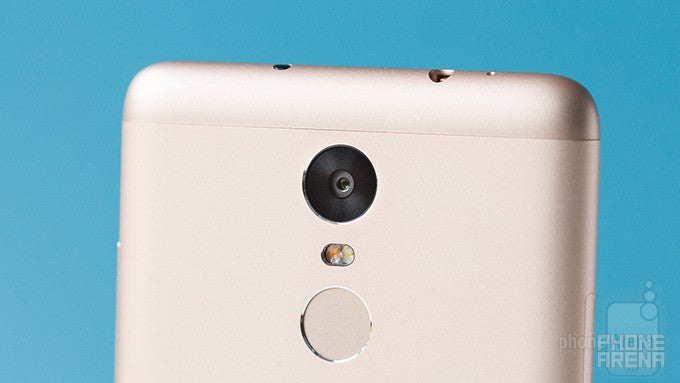
Releasing a phone at a low price point requires some corners to be cut, and the Redmi Note 3’s weak link appears to be the camera. Yes, it gets the job done given enough light, but its image quality is average at best. And that’s even though the setup seems promising on paper: the camera shoots 16MP stills, the sensor boasts phase-detection autofocus, and the lens has a wide, F2.0 aperture.
On the bright side of things, the camera app works fine. It is quick to launch, it is fast to take a photo, and its interface is pretty straightforward, with a large, easy-to-hit shutter button. As far as modes go, the software has the essentials covered – burst mode, panorama, self timer, slow-motion and time-lapse video are all present. It also goes as far as to include a few extras, including a Straighten mode, which automatically crops the frame at an angle to give you a perfectly leveled horizon every time, and the so-called Hand-Held Twilight mode (labeled HHT), which stacks several frames together to give you better low-light scenery photos. There’s even a built-in QR code scanner feature, which is neat.
But as we implied above, image quality isn’t exactly out of this world. In daytime shots, we see that the Xiaomi Redmi Note 3 struggles with dynamics range, as evident from the overexposed highlights in its photos. Switching to HDR mode, which is done only manually, helps only to some extent and adds a noticeable delay between shots. We’re also disappointed to see that detail quality is mediocre despite the sensor’s high megapixel count. As expected, matters get even worse in low light situations. Colors appear lifeless, and many of my shots came out blurry because my hand wasn’t perfectly steady. Don’t bother enabling HDR mode in these cases. You’re pretty much guaranteed to end up with a blurry photo.
As for the 5MP front-facing camera, it gets the job done for snapping the occasional selfie. But again, low-light images are of poor quality.
Videos are shot at up to 1080p resolution and look good, as long as the light conditions are good. Sound is also clear, with decent loudness to it. Low-light videos, however, are plagued by motion blur, so keep that in mind when shooting indoors.
Multimedia
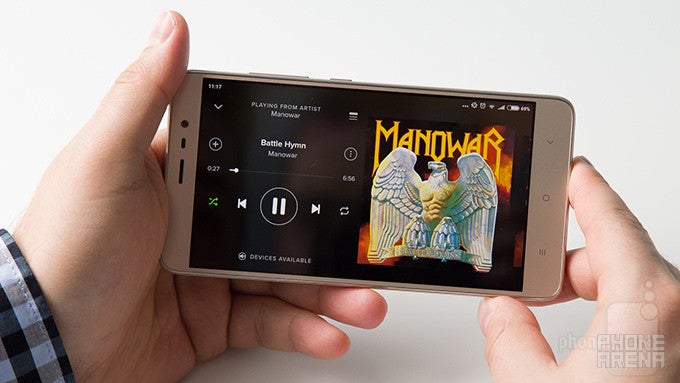
The image gallery app pre-loaded on the Xiaomi Redmi Note 3 has all the basics covered. It comes with multiple image editing tools and can even backup photos to Mi Cloud, as long as you get that working. But I won’t blame you if you choose to go with Google Photos, as it has better editing tools and can also backup your images. No less importantly, MIUI’s gallery doesn’t bring your most commonly used apps to the top of the share menu. You have to do that manually.
With a screen so large, watching the occasional YouTube video is convenient, but the speaker kind of spoils the experience. Sure, it is loud, and sound quality is pretty much okay, but its position on the back kills a great deal of the volume output, unless I do “the scoop” to channel sound towards me.
As an added bonus, I got an IR blaster on my Xiaomi Redmi Note 3, as well as a pre-loaded app to use it. I could reliably control my Sony Bravia TV from across the room from up to 14 feet (~4 meters) away. Beyond that point, there was a slight lag with my input, but the remote still worked. The remote control feature works with all kinds of appliances – from TVs to air conditioners and even cameras.
Call quality

Speaking of phone calls, the Xiaomi Redmi Note 3 has a potentially useful call recorder built in. It is enabled manually during a call or while dialling a number. Then the recordings can be played back using the voice recorder app. Sound quality is worse than it is during an actual call, but the conversation can still be understood.
Battery life
Knowing that the Redmi Note 3 has a huge, 4000mAh battery inside it, I was expecting it to last days before needing a recharge. My expectations were further reinforced after the phone stomped through our battery benchmark with a result of 12 hours and 36 minutes. This makes it the second-best phone we’ve ever tested! Few high-end phones can come even close to this figure.

In real life, the phone’s battery life is good, especially for the price, but not all that amazing. At best, I was getting two days of use with screen-on time between 3 and a half to 4 and a half hours. At worst, the phone was dead by 9:00 in the evening. I also noticed that I was losing about 15% of charge overnight if the Redmi Note 3 wasn’t charging.
This might seem a tad underwhelming, but it would be fair to point out that I don’t go easy on my phones. I don’t play games often, but I do have Facebook, Messenger, Viber, and Skype all running at all times. Also, I never turn off my Wi-Fi, cellular data, sync and location services. My screen brightness is almost always set to automatic.
So overall, if you’re a rather heavy user like myself, you’ll get about a day of solid use out of the Redmi Note 3. Light users should expect lasting a couple of days before charges.
Conclusion
There's no denying that the Xiaomi Redmi Note 3 is a great deal in its homeland. For a phone costing the equivalent of $150 to $180, it delivers plenty of value for its money. Importing one to Europe or the U.S. makes less sense, however, and this is the standpoint from which I'll draw my conclusion. In this case, a buyer is likely to end up spending between $250 and $300 due to shipping fees and taxes. For this kind of money, they’re probably better off getting a Nexus 5X or a Moto X Pure Edition. I’m not even accounting for the time one might spend waiting for their unit to ship. If the phone turns out to be faulty, then good luck getting a replacement or your money back. On a related note, the Xiaomi Redmi Note 3 unit I’ve been using already has a sizeable speck of dust in the middle of the camera lens.

Even with all that said, I'm sure some of you are feeling adventurous and are willing to take the risk. Perhaps you just want a phone that nobody else has, which I'm totally cool with. If that's the case, I can't stop you from buying a Xiaomi Redmi Note 3, although I must reiterate that the phone is very, very far from perfect. With a little patience and dedication, however, the issues I described in my review can be dealt with.
Software version: Android 5.1.1 LMY47Y, MIUI Global 7.2 Stable, 7.2.3.0 (LHOMIDA)


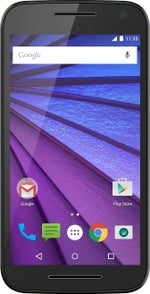
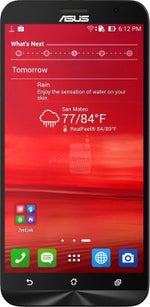
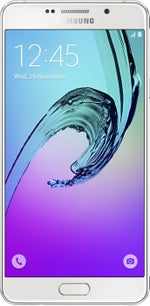



















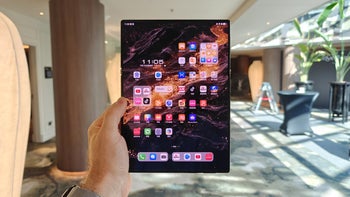

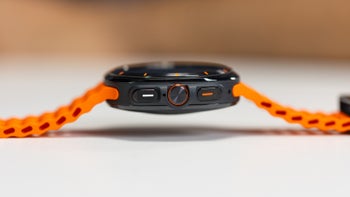

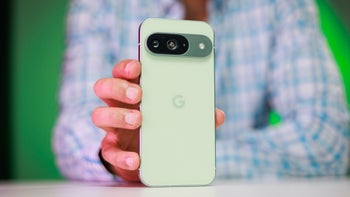

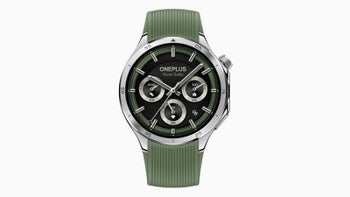


Things that are NOT allowed: